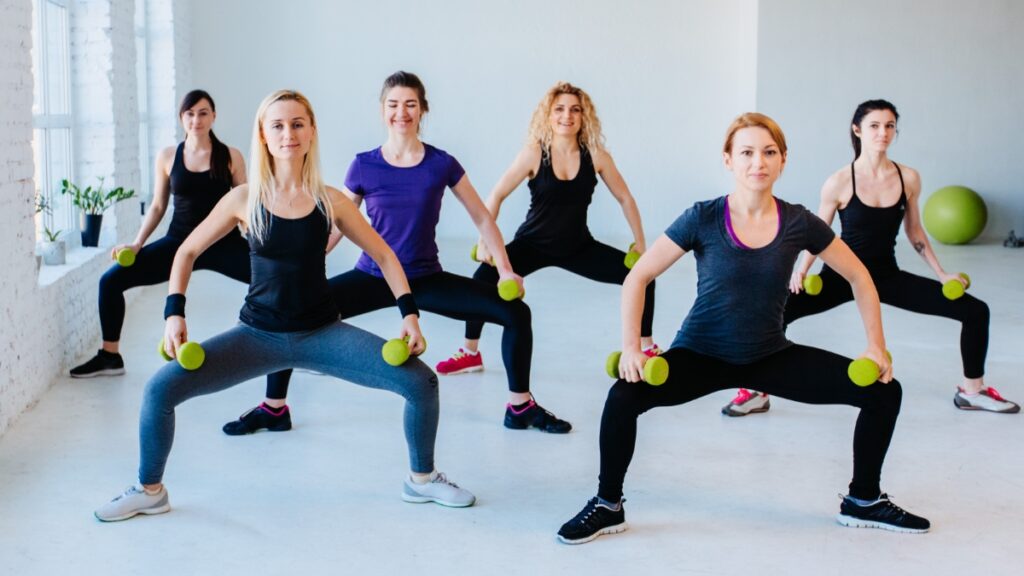Tired of doing crunches until your abs beg for mercy? You’re not the only one. Many fitness experts and trainers have found that standing exercises can be a game-changer for building core strength —no mat required. Over the years, dancers, athletes, and everyday fitness enthusiasts have used movement-based training to sculpt stronger, more stable cores.
From boosting athletic performance to regaining strength after childbirth, standing core workouts offer a dynamic and effective alternative to traditional floor routines. Ready to shake up your routine and keep both feet on the ground? These six exercises might just redefine the way core training is done.
Squats: a simple guide for everyday strength
Want to build strength without overcomplicating things? Squats are one of the best full-body moves you can do.
Squats aren’t just for gym buffs—they’re a powerhouse move for anyone wanting to improve strength, balance, and posture. Because squats involve multiple muscles and joints working together, they engage your core without needing crunches or sit-ups.
The movement works both the front and back of your core—targeting your abs, lower back, and stabilizing muscles around the spine. Plus, since more muscles are active at once, your body burns more energy, making squats a great way to stay fit without spending hours at the gym.
Lunges: a simple way to strengthen your legs and core
Lunges are a great way to build strength, balance, and flexibility—without needing fancy equipment. They help tone your legs, improve stability, and even work your core. Just like squats, lunges work multiple muscles at the same time, helping build strength and coordination while keeping workouts simple and effective.
Plus, they help with everyday movements —so walking, climbing stairs, and bending down all feel easier!
Wide 2nd (also known as Plie Squat)
The Wide 2nd—also called a Wide Second Position Squat or Plie Squat—is a powerhouse move for strengthening the legs, glutes, and core while also boosting balance and flexibility. A staple in barre workouts, dance training, and fitness routines, this exercise takes lower-body work to the next level.
Much like squats and lunges, it improves hip mobility, which helps activate deeper core muscles in the pelvic floor and lower trunk. Think of it as a move that keeps your core engaged while giving your legs a serious sculpting session—because who says strength training can’t be graceful?
Standing leg abduction: a stability booster
Lateral movements, like Standing Leg Abduction, challenge the body in a different way, working within the frontal plane to improve core stability and strength. This exercise activates the obliques, which are often overlooked but play a key role in balance, posture, and overall core control.
Think of the obliques as the unsung heroes of core strength—always working behind the scenes to keep everything stable. Adding leg abductions turns the lower body into a built-in resistance tool, almost like using your own legs as dumbbells for your abs. As a bonus, this move not only improves function but also adds definition to the abdominal wall—because feeling strong and looking strong? That’s a win-win!
Bent over rows: the secret to a better posture
Rows are one of the best exercises for strengthening the posterior chain, working the muscles that support good posture and overall stability. And let’s be honest—standing tall and confident never goes out of style!
Improving posture isn’t just about looking better; it opens the door to better movement, allowing for greater range of motion in other exercises. This, in turn, helps build more strength and muscle over time. Plus, a strong, well-developed back isn’t just for aesthetics—it’s a key player in overall core stability and functional strength. So next time you row, think of it as an investment in better movement, better strength, and a back that means business!
This article was originally published by a eladelantado.com . Read the Original article here. .

